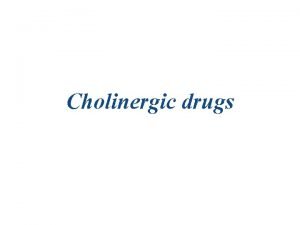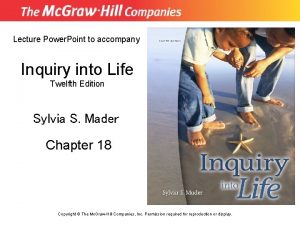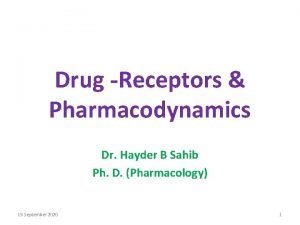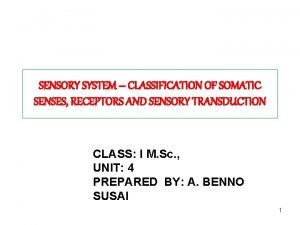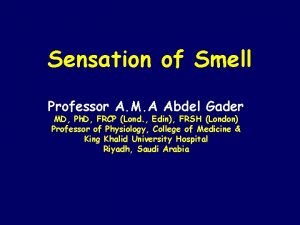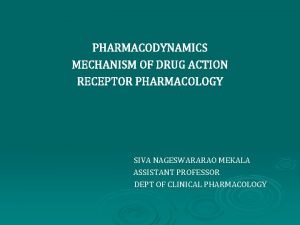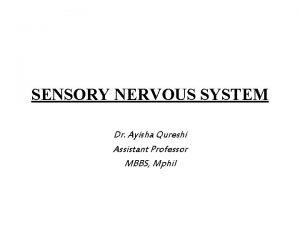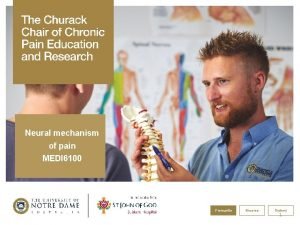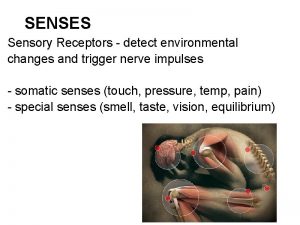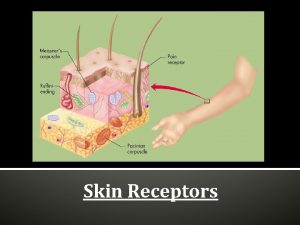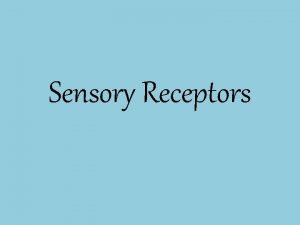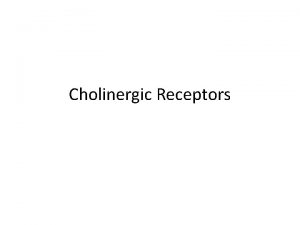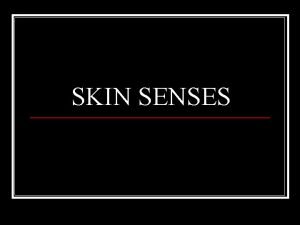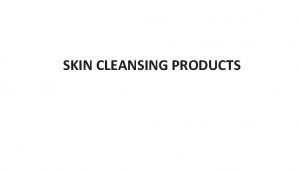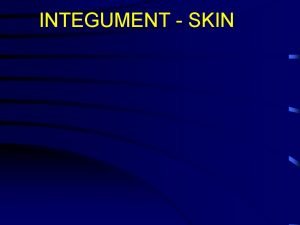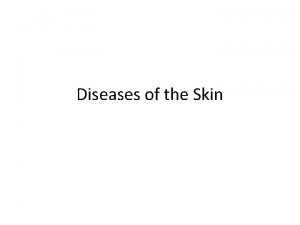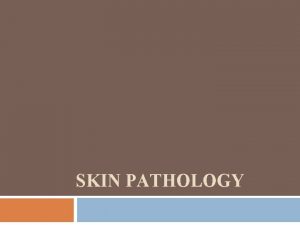Receptors in Skin Properties of Skin Receptors Related
















- Slides: 16

Receptors in Skin

Properties of Skin Receptors Related to Touch specialized ion channel called Piezo 2

Various Touch Receptors Responding to Braille

Somatosensory Pathways The dorsal column system delivers touch information to the brain. ventral posterior nucleus cross over synapses

Representation of the Body Surface in Somatosensory Cortex • Details not on the exam

Doesn’t That Hurt?

Peripheral Mediation of Pain Nociceptors are peripheral receptors that respond to painful stimuli. Free nerve endings in the dermis have specialized receptor proteins. The free nerve endings respond to temperature changes, tissue damage chemicals,

Receptors That Detect Pain and Temperature The cool-menthol receptor 1 (CMR 1) transient receptor potential vanilloid (TRPV) capsaicin transient receptor potential (TRPM 3) 95 F 113 F

Pain ascends the spinothalamic system to reach the brain several Synapse here

Ascending and Descending Pain Pathways Expectations Cortical pain processing Electrical stimulation of the PAG produces potent analgesia

Social Rejection Social rejection activates the anterior cingulate cortex, and the extent to which a person is upset by rejection correlates with activation of this region. The more distress or feelings of rejection subjects feel, the greater the activity in anterior cingulate cortex.

Types of Pain Relief Intervention

Placebo effects • Placebo is Latin for “I will please” • An inert substance or treatment that does not have a direct physiological effect – The original meaning: 1950: The effect of a placebo treatment – The alternative meaning: 1960 -80: The effect of the interaction between the patient and the health provider • Belief in the beneficial nature of the treatment • Negative beliefs can generate a nocebo effect • Placebos have effect on – subjective and objective outcomes – in a large proportion of patients – with a wide range of clinical conditions such as • Pain • Asthma • Survival after myocardial infarction • Hypertension • Colds

Placebo Response Mechanisms • Examples of pain relief “analgesia” from placebo • Expectation “belief” in treatment • Activation of opiate based descending control system – 30 – 50 % of people get some analgesia – can be blocked by naloxone an opiate antagonist • Expectation produces increased activity during anticipation of pain in the prefrontal cortex (see fig. 1) • Decreased activity in the thalamus, insula, and anterior cingulate cortex • Probably a frontal cortex activation of areas in the cingulate cortex which then activates the PAG midbrain areas

Fig. 1. Psychological mechanisms such as verbally induced expectations, cued and contextual conditioning, and social learning trigger the cascade of endogenous opioids and nonopioids. The result is an alteration of the pain experience that, at least in part, induces an active inhibition of nociceptive activity and modulation of brain areas predicting placebo analgesic responses. PFC, prefrontal cortex; ACC, anterior cingulate cortex; SI, primary somatosensory cortex; SII, secondary somatosensory cortex; PAG, periaqueductal gray.

Placebo Response Mechanisms • Expectation from: – Conditioning: previously experiencing the benefit – Social learning: observing others produces similar placebo responses to conditioning – Verbal suggestions: alone produces smaller effects • Is use of placebo unethical? – placebos are less effective – they require deception • open-label placebos – patients told that they would receive sugar pills – taught about placebo effect • can be powerful • body automatically can respond • positive attitude can be helpful – open-label placebo was better then treatment as usual
 Two types of physical fitness
Two types of physical fitness Skill health related fitness
Skill health related fitness Thin skin vs thick skin
Thin skin vs thick skin Facial steps milady
Facial steps milady Organum germinativum
Organum germinativum Extensive vs intensive
Extensive vs intensive Chemical property of matter
Chemical property of matter Cholinergic drugs act on receptors normally stimulated by:
Cholinergic drugs act on receptors normally stimulated by: Cutaneous receptors
Cutaneous receptors Spare receptors
Spare receptors Receptor types
Receptor types Olfactory epithelium
Olfactory epithelium Receptors in pharmacology
Receptors in pharmacology Tonic receptors
Tonic receptors Nociceptive sensation
Nociceptive sensation Alpha adrenergic agonist
Alpha adrenergic agonist Thermoreceptors
Thermoreceptors







